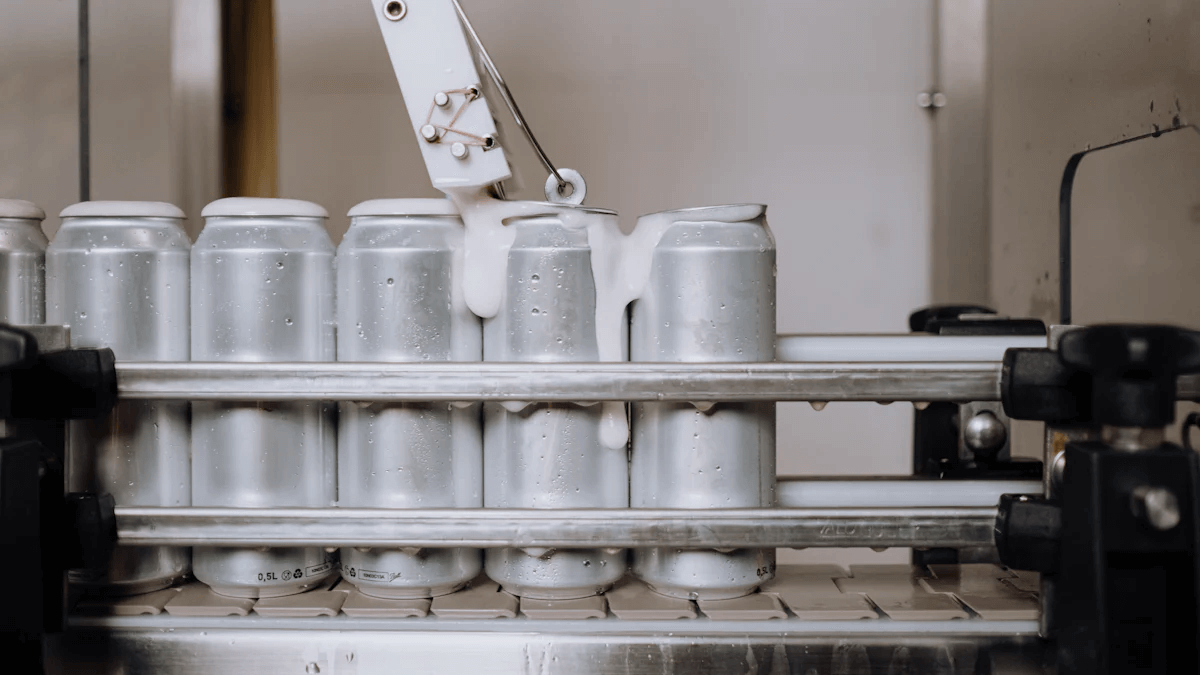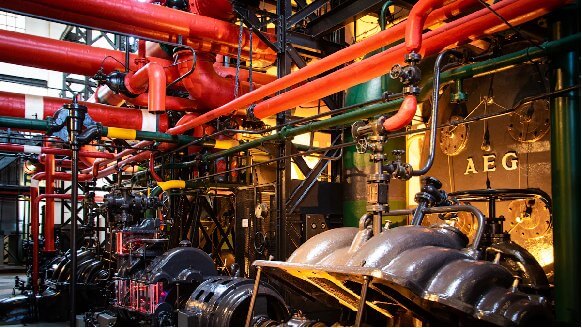Top Techniques for Loading a Gutter Machine Smoothly
Understanding the Gutter Machine
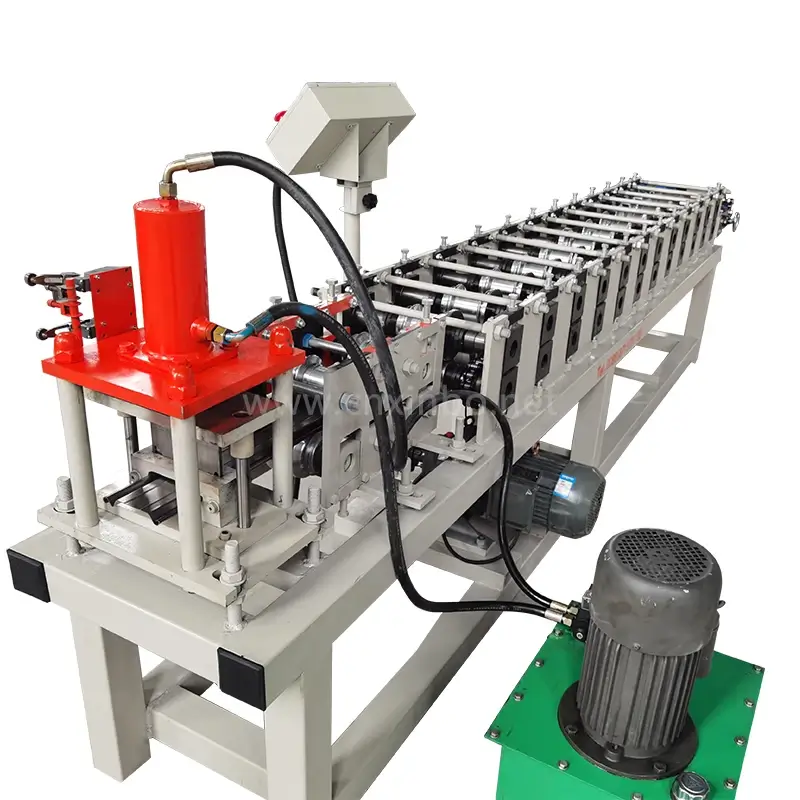
A gutter machine is a pivotal tool in the construction and home improvement industries, specifically used for fabricating seamless gutters on-site. This equipment increases efficiency and precision, minimizing waste and ensuring a custom fit for any structure. Understanding the components and operation of a gutter machine is crucial for anyone looking to use it effectively and safely.
XINBO Machine Making Co. Ltd is a reputable manufacturer specializing in metal forming machines. They offer innovative technology, customization options, and a commitment to quality assurance. New and innovative technology,such as roll forming machine, for the Europe, UK and Canada, as customer’s request and class. And we also have standard class for normal consumption.
Safety Precautions When Handling a Gutter Machine
Operating a gutter machine involves several safety precautions to protect the operator and ensure the integrity of the equipment. First and foremost, always wear appropriate personal protective equipment (PPE) such as gloves, safety glasses, and steel-toed boots. Additionally, ensure the machine is positioned on a stable, flat surface to prevent any movement during operation. It is also essential to keep hands and clothing away from moving parts and to never bypass safety guards and switches. Before starting the machine, check for any loose parts or unusual noises that could indicate potential issues. Following these guidelines can significantly reduce the risk of accidents and equipment damage.
Preparing to Load the Gutter Machine
Selecting the Appropriate Coil Material
The first step in preparing to load a gutter machine is selecting the appropriate coil material. The material chosen must be suitable for the specific gutter installation, considering factors such as weather conditions, aesthetic preferences, and durability requirements.
Inspecting the Coil for Imperfections
Look for signs of damage such as dents, scratches, or corrosion that could compromise the gutter’s appearance and structural integrity. Additionally, check for any irregularities in thickness or width that could disrupt the machine’s smooth operation. Early identification of these issues allows for corrective measures to be taken, ensuring the coil material does not cause jams or defects during the forming process. This precaution helps to maintain the quality and efficiency of the gutter installation.
Positioning the Machine Correctly
Proper positioning of the gutter machine is fundamental for its smooth operation. The machine should be placed on a stable, level surface to prevent any vibrations or movement during use. Adequate space should be allocated around the machine to accommodate the coil material and provide a clear working area for the operator.
Loading the Coil into the Gutter Machine
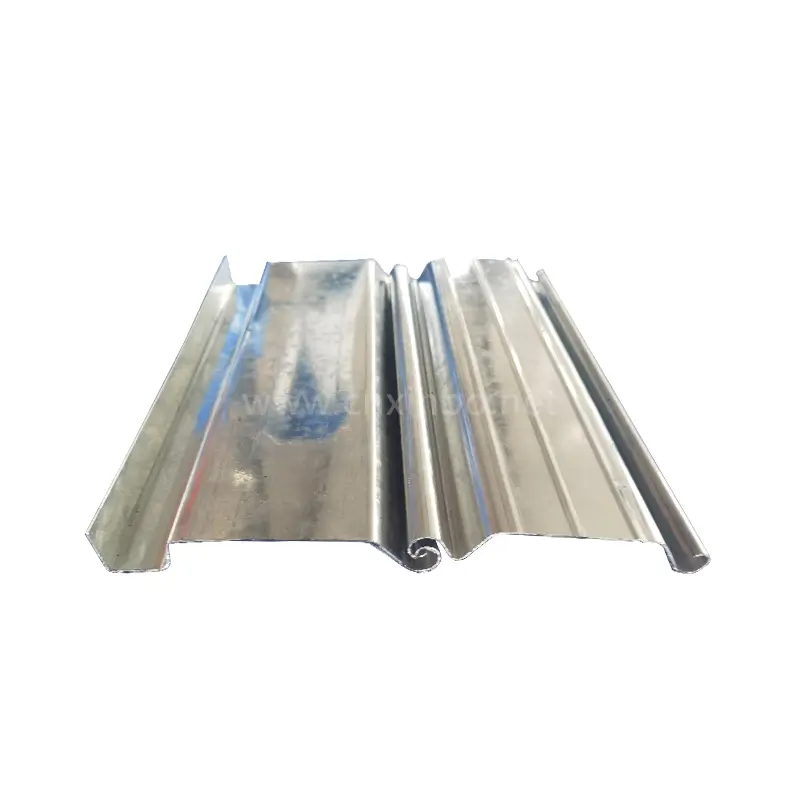
Placing the Coil on the Uncoiler
Begin by verifying that both the diameter and width of the coil comply with the specified limits for the uncoiler. Utilize lifting equipment if needed, and position the coil onto the spindle of the uncoiler, ensuring it is precisely centered to prevent any disruptions during feeding. Proper placement at this stage is critical for maintaining uninterrupted and smooth subsequent operations.
Feeding the Material into the Roll Forming Unit
Carefully guide the leading edge of the coil towards the entrance of the roll forming unit, taking care not to crease or damage the material. This task should be done slowly and with precision to avoid misalignment.
Aligning the Material Properly
Begin by checking that the material is centered and straight before it enters the rollers. Use alignment guides and markers to help maintain a consistent path for the coil. Any deviation from the correct alignment can result in a gutter with inconsistent dimensions and shapes.
Securing the Material for Smooth Operation
Once the material is properly aligned, it must be secured to ensure a smooth operation as it moves through the roll forming unit. Use clamps or locking mechanisms to hold the material in place and prevent it from shifting during the forming process. Securing the material helps maintain a consistent pressure and prevents slipping, which can lead to defects in the gutter profile. Continuously monitor the material’s movement to ensure it remains steady and make adjustments if any issues arise.
Testing and Calibration
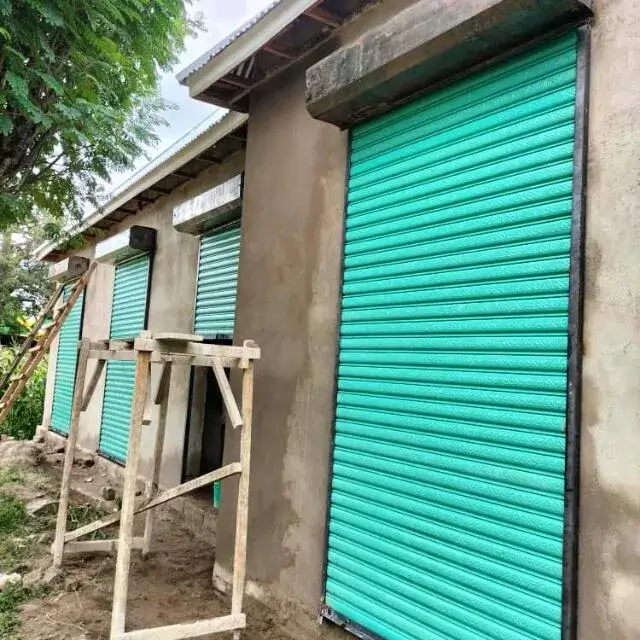
Running a Sample Piece
This step helps identify any issues with the alignment, cutting mechanisms, or other components. Feed a short length of coil material through the machine and carefully inspect the output for any signs of deformities or inaccuracies. Running a sample piece allows you to fine-tune the machine settings to achieve optimal performance.
Adjusting for Accurate Dimensions
After running the sample piece, measure the output to ensure it meets the required dimensions and specifications. Check the width, depth, and overall shape of the gutter for accuracy. If there are any discrepancies, adjust the roll forming unit or cutting mechanism settings accordingly. Accurate calibration is essential to produce gutters that fit properly and perform well. Re-running additional sample pieces and making incremental adjustments can help achieve the desired precision.
Tips for Efficient and Safe Operation
Regular Maintenance and Inspections
Cleaning Routine
Regular cleaning of the gutter machine is crucial for maintaining its performance and longevity. Dust, debris, and residue from the coil material can accumulate on the machine’s components, leading to inefficiencies and potential damage. Develop a cleaning routine that includes wiping down the machine’s surfaces, rollers, and cutting mechanisms. Using appropriate cleaning agents and tools, ensure all parts are free from contaminants that could affect the machine’s operation.
Lubrication Points
Proper lubrication of the gutter machine’s moving parts is essential for smooth operation and reducing wear and tear. Identify the key lubrication points, such as the rollers, bearings, and cutting mechanisms, and apply the recommended lubricants at regular intervals. Regular lubrication minimizes friction, prevents overheating, and extends the lifespan of the machine. Always follow the manufacturer’s guidelines for lubrication products and schedules to maintain optimal performance.
XINBO prides itself on providing quality assurance through a team of professional designers, producers, and workers. They offer new and innovative technology, catering to the specific requirements and standards of customers in Europe, the UK, and Canada.
Common Issues and Troubleshooting
Operators may encounter common issues such as misalignment, material jams, or irregular gutter profiles. Understanding the root causes of these problems is crucial for effective troubleshooting. For misalignment, check for proper alignment guides and markers and recalibrate if necessary. Material jams can often be prevented by ensuring the coil material is free from imperfections and feeding smoothly. If irregular gutter profiles are produced, inspect the roll forming unit and cutting mechanisms for proper settings and functions. Developing a systematic approach to identifying and resolving these issues can minimize downtime and improve overall efficiency.
Enhancing Your Workflow with Best Practices
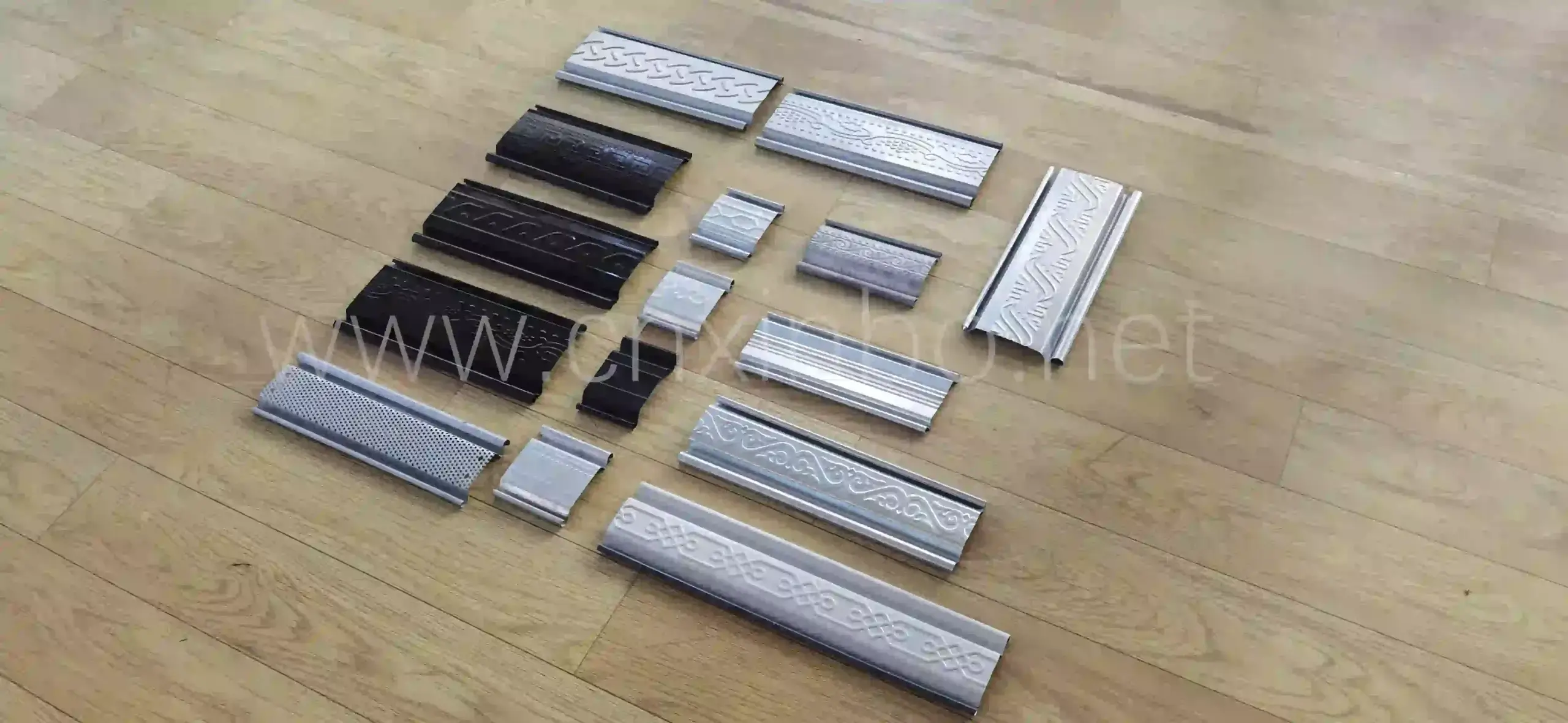
Implementing best practices can significantly enhance the workflow and productivity when using a gutter machine. Start by training all operators thoroughly on the machine’s use, safety precautions, and maintenance routines. Establish clear guidelines for coil selection, inspection, and positioning to ensure consistent quality. Regularly review and update operational procedures based on feedback and technological advancements. By fostering a culture of continuous improvement and adherence to best practices, operators can achieve higher efficiency, safety, and quality in gutter production.
XINBO offers ODM (Original Design Manufacturing) services, ensuring that their machines are designed and made according to customers’ requests. They have a team of professional engineers and technicians who can design detailed drawings based on customers’ needs in a short time. Additionally, XINBO’s in-house workshop and CNC machining machines help save costs and ensure efficient production processes.
Related Posts

Good quality
XinBo machine making CO. LTD is a professional manufacturer and exporter in roll forming machine,
VIEW MORE→

 Spanish
Spanish Russia
Russia
